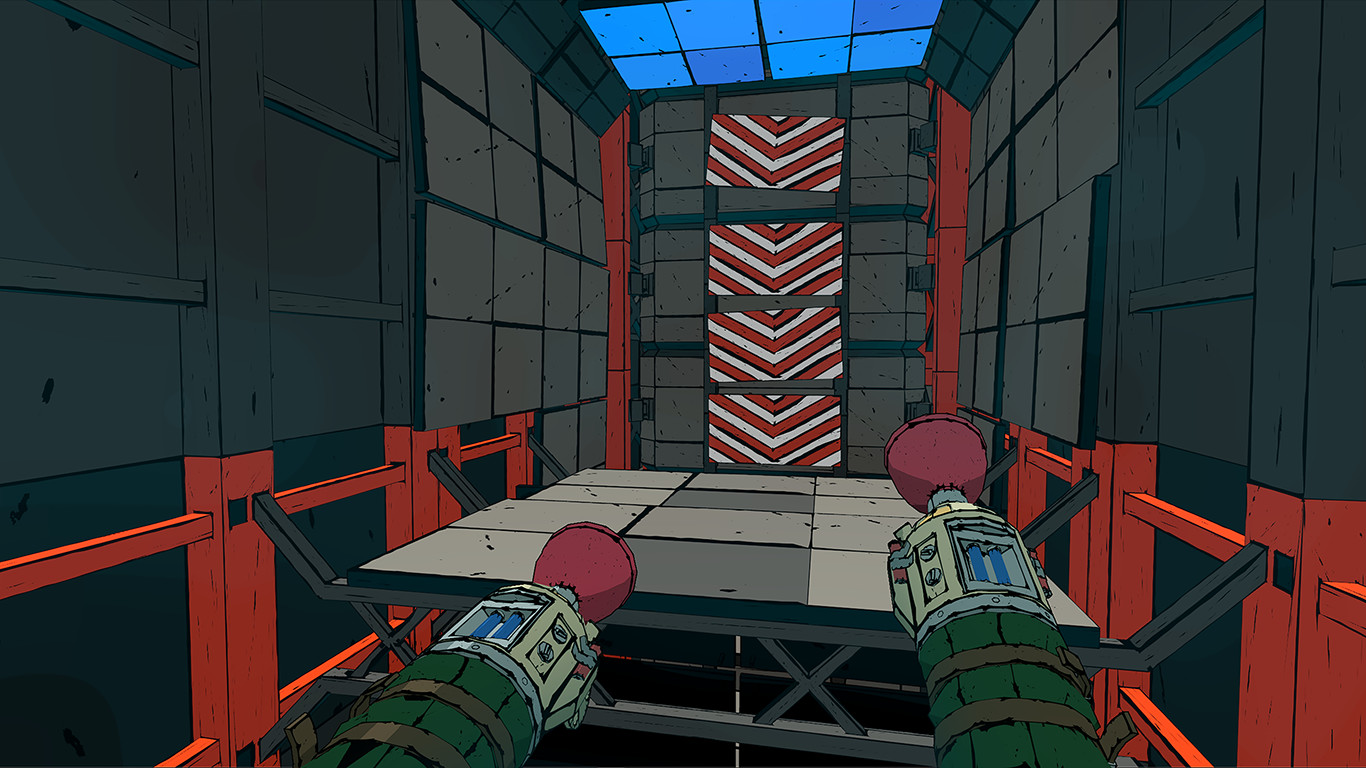Yupitergrad — Comrade Spider-Man
Take flight as a cosmonaut to a moon base on the edge of Jupiter to experiment on Pekol, a new fuel that will revolutionise energy and return the Soviet Union to its rightful place on the world stage in Yupitergrad.
Gamedust’s Yupitergrad has players filling the boots of a would-be cosmonaut in a first-person VR adventure in outer space. After some initial training in the use of a Russian next generation traversal and navigation device — the cosmosticks; a pair of prosthetic arm attachments consisting of a toilet plunger with a cable winch; you are jetting off into outer space for the glory of “Mother Russia.”
If the premise of a crazy Russian scientist from the late-eighties/early-nineties floating around a space station with some plunger guns doesn’t pique your interest then my friend; nothing ever will. Although it’s almost slapstick it’s not miles from the realms of scientific reality given the zero/reduced gravity. It’s not the most elegant solution on paper but in practice it works extremely well.

Hand or controller tracking on the Oculus Quest 2 is used to great effect here as the majority of your movement is via the aforementioned cosmosticks. Aiming each arm independently, you can lengthen or shorten the cable on each arm at will and given a shot of the plunger happens extremely quickly it can be redeployed just as fast in a pinch should your shot be off or if you need to readjust.
You can’t stick to everything though, Yupitergrad does a great job of simplifying this aspect given everything is colour coded amidst all the cell shaded corridors. If it’s blue you can stick to it. If not then you won’t latch on. So it’s important in situations where accuracy is the difference between sticking a landing or being a fly on a windshield that you take note before and during your swings.
Yupitergrad doesn’t allow players to readjust manually in terms of walking but does adjust your orientation based on your headsets viewing direction. Whilst initially a bit of a conundrum as to why this is implemented in this way, it seems to massively reduce the effects of motion or VR sickness on players (and it makes sense).

Dragging yourself with a plunger or swinging like a cosmic spider-man through the tunnels of the Yupitergrad station is something that your mind can handle. Your arms move as if you were actually swinging and your legs and body do what they would in real-life — nothing — just hang there. Thirty minutes in Asgard’s Wrath where you have full movement tracking and I’m starting to turn green but after two hours solid (damn that Quest 2 battery) and I was still pushing forward without a care as any nausea.
That said, there was one instance of disorientation that almost had me. A large multi-level mixing chamber. With a central hazard spinning around the room and some timing required to both swing and launch into a small gap on the opposite wall it looked as if the only way was a rush to the line or glorious death in the spinning blades.
Getting up to speed in the entry tunnel it was looking good but the blades were rotating faster than i had anticipated and were catching. Telling myself I wouldn’t make it, I decided to attach to the central pole and use my momentum to swing around the room like a swingball setup and slingshot into the exit. The waves of nausea when I landed in the water took a minute to subside and the blades hit me anyway.
At each stage of your mission your kommander barks orders for the glory of the motherland over the janky intercom system whilst the station AI pumps you full of socialist agenda. “Did you know the moon was originally red” quips the computer as you glide through the air toward another terminal, “…but it was turned silver by the capitalist dollar” Although its was likely the message back in post cold-war eastern-bloc propaganda it’s almost hysterical now thirty years later as your ill-equipped scientist launches themselves through the air with a pair of plungers on cords.
Yupitergrad’s puzzles are mostly fairly basic but the action of solving them is very satisfying and getting a handle on the momentum physics suddenly becomes second nature after 20-30 minutes. Fairly linear in its completion, Yupitergrad also allows players to return to any point or obstacle in the story so you can always replay your favourite bits.
An extremely simple proposition wrapped in both a comical but technically brilliant execution, Yupitergrad looks and feels great with some simple but effective techniques to avoid that nausea feelings players get from consistent VR travel. The Quest 2 excels and Yupitergrad feels better for the lack of cables constraining players.
Yupitergrad is out now on Oculus Quest 2, Oculus Rift and Steam VR.



Comments are closed.